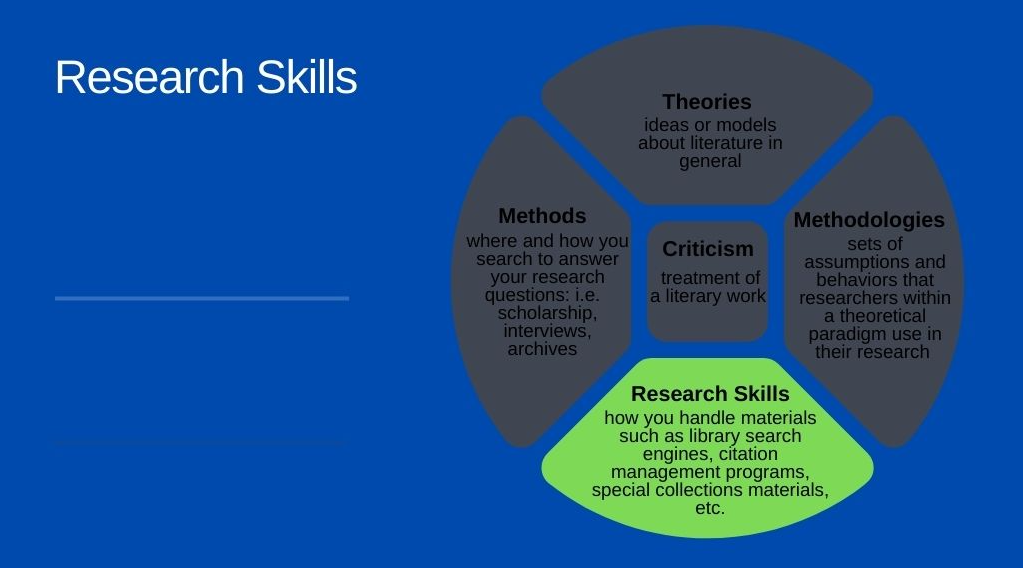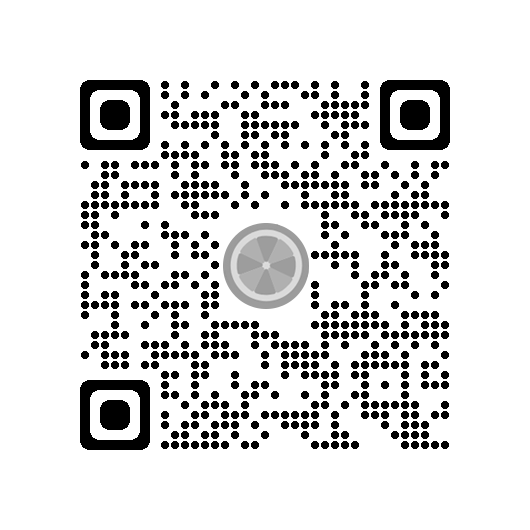Research Skills
Barry Mauer and John Venecek

We discuss the following topic on this page:
We also provide the following activity:
 Research Skills
Research Skills
Research skills are all about gathering evidence. This evidence, composed of facts and the reasoning that connects them, aims to convince your audience to accept your conclusions about the literary work. The most important piece of evidence you need to discuss is the literary work itself, which is a “fact” that you and your audience can examine together. Research means finding additional facts about the literary work and tying them together with reasoning to reach a significant and convincing conclusion.
Literature often presents us with factual difficulties. Sometimes authors revised their works and multiple versions exist. William Blake printed his own works and often changed illustrations and words between each printing. If we are reading a translated work, there may be more than one translation. In other words, we first need to identify which literary “object” we are studying. Electronic databases, such as the William Blake Archive, provide scholars with multiple versions of literary works, as well as plenty of reference sources. They are great places to begin a study!
The kind of evidence we need is directly related to the kind of claim we are making. If we want to claim that a literary work has seen a resurgence of public interest, we will look for historical evidence and quantitative evidence (statistics) to show that sales of the work (or database searches, or library checkouts, etc.) have increased. We may also seek qualitative evidence (such as interviews with booksellers and readers) to report on their impressions. We may look to see if there has been an increase in the number and kinds of adaptations. One example of such a work is Denis Perry’s and Carl Sederholm’s edited volume, Adapting Poe: Re-imaginings in Popular Culture (Spring 2012). If we are claiming that a literary work has a special relationship to a geographic region, we will look for textual evidence, geographic evidence, and historical evidence. See for example, Tom Conley’s The Self-Made Map (University of Minnesota Press 1996), which argues that geographic regions of France played a key role in Miguel de Montaigne’s Essais.
Types of Evidence[1]
Your choice of problem, theory, methodology, and method impact the kinds of evidence you will be seeking. Wendy Belcher identifies the following types:
- Qualitative Evidence: Data on human behavior collected through direct observation, interviews, documents, and basic ethnography (191). The SAGE Handbook of Qualitative Research (2005) is a helpful guide. This area also encompasses audience research. Examples include the journal Reception: Texts, Readers, Audiences, History, the edited volume The Reader in the Text: Essays on Audience and Interpretation (Suleiman, Crosman, eds. 1980), and Media and Print Cultural Consumption in Nineteenth-Century Britain (Rooney and Gasperini, eds. 2016).
- Quantitative Evidence: Data collected from standardized instruments and statistics, common to education, medicine, sociology, political sciences, psychology, and economics (191). Guides include Best Practices in Quantitative Methods (Osbourne 2007) and Statistics for People Who (Think that They) Hate Statistics (Salkind 2007).
- Historical Evidence: Data collected from examinations of historical records to uncover the relationship of people to each other and to periods and events, common to all disciplines and collected from archives of primary materials (191). Guides include Historical Evidence and Argument (Henige 2006) and Evidence Explained: Citing History Sources from Artifacts to Cyberspace, 2nd Edition (Mills 2009).
- Geographic Evidence: Data about people’s relationship to places and environments in fields such as archaeology (191). Guides include Qualitative Research Methods in Human Geography, 5th Edition (Hay and Cope 2021) and Creative Methods for Human Geographers (Benzon, Holton, Wilkinson, eds. 2021).
- Textual Evidence: Data collected from texts about form (genre, plot, etc.), language (diction, rhetoric), purpose (message, function), meaning (symbolism, themes, etc.) and milieu (sources, culture, identity, etc.) (191). Guides include Introduction to Literary Hermeneutics (Szondi 1995) and The Hermeneutic Spiral and Interpretation in Literature and the Visual Arts (O’Toole 2018).
- Artistic Evidence: Data from images, live performances, etc., used to study physical properties of a work (size, material, form, etc.), purpose (message, function, etc.) meaning (symbolism, etc.), and milieu (sources, culture, etc.) (191). Guides include Interpreting Objects and Collections (Pearce 1994) and Material Culture Studies in America (Schlereth, ed. 1982).
In the following chapters, five through nine, we present instruction for numerous research skills including how to gather research from literary works and from scholarly literature, and other skills such as how to use library search engines, citation management, google scholar, and source evaluation. The main thing to keep in mind for now is that you are gathering quality evidence and putting it together to construct a convincing and compelling argument about a literary work (or works).
For more advice on how to Reason with Evidence, consider the following from WritingCommons.org:[2]
Once you’ve spent sufficient time researching a topic—once you’re familiar with the ongoing scholarly conversation about a topic—then you’re ready to begin thinking about how to reason with the evidence you’ve gathered.
- engage in rhetorical analysis of the outside source(s)
- evaluate the currency, relevance, authority, accuracy, purpose of the outside source(s)
- use evidence (e.g., quoting, paraphrasing, summarizing) to bolster claims
- introduce sources and clarifying their authority
- use an appropriate citation style
For more advice on how to Connect Evidence to your Claims, consider the following from WritingCommons.org:[3]
We can’t, as writers, just stop at a quote, because our readers won’t necessarily know the connection between the point of your project and the quote. As such, we must make the connection for our reader. Here are a few ways to make such a connection:
- Break down ideas
- Connect back to the thesis
- Connect back to the paragraph’s main point
- Point to the author’s purpose
If you are using an offline version of this text, access the quiz for this section via the QR code.

- In the “Back Matter” of this book, you will find a page titled “Rubrics.” On that page, we provide a rubric for Using Evidence for a Research Project. ↵
- Writing Commons. “Logos - Logos Definition.” Writing Commons, 11 Mar. 2022, https://writingcommons.org/article/logos/. ↵
- Janechek, Jennifer, and Eir-Anne Edgar. “Connecting Evidence to Your Claims.” Writing Commons, 15 May 2021, https://writingcommons.org/section/citation/how-to-cite-sources-in-academic-and-professional-writing/citation-how-to-cnnect-evidence-to-your-claims/. ↵

